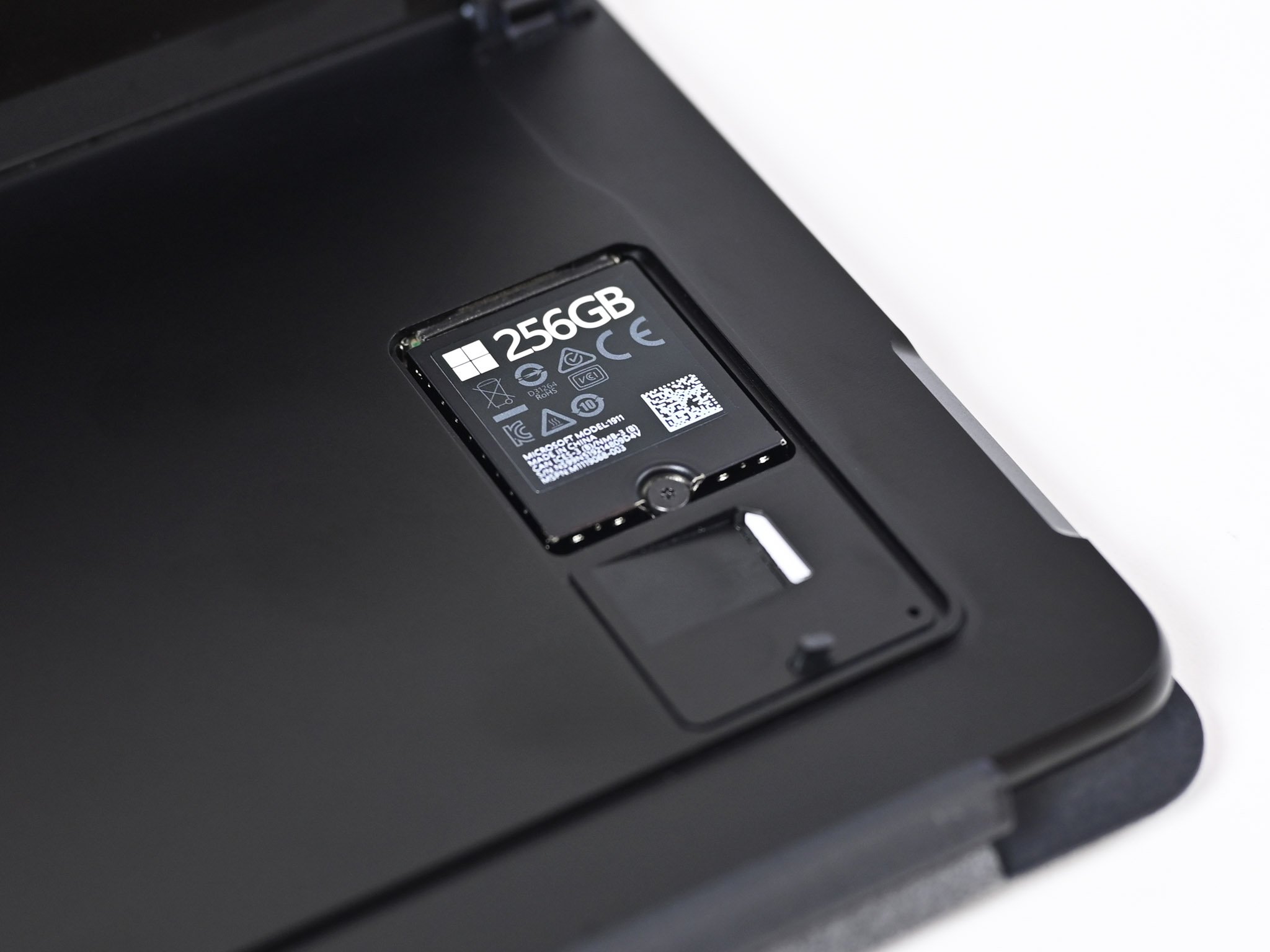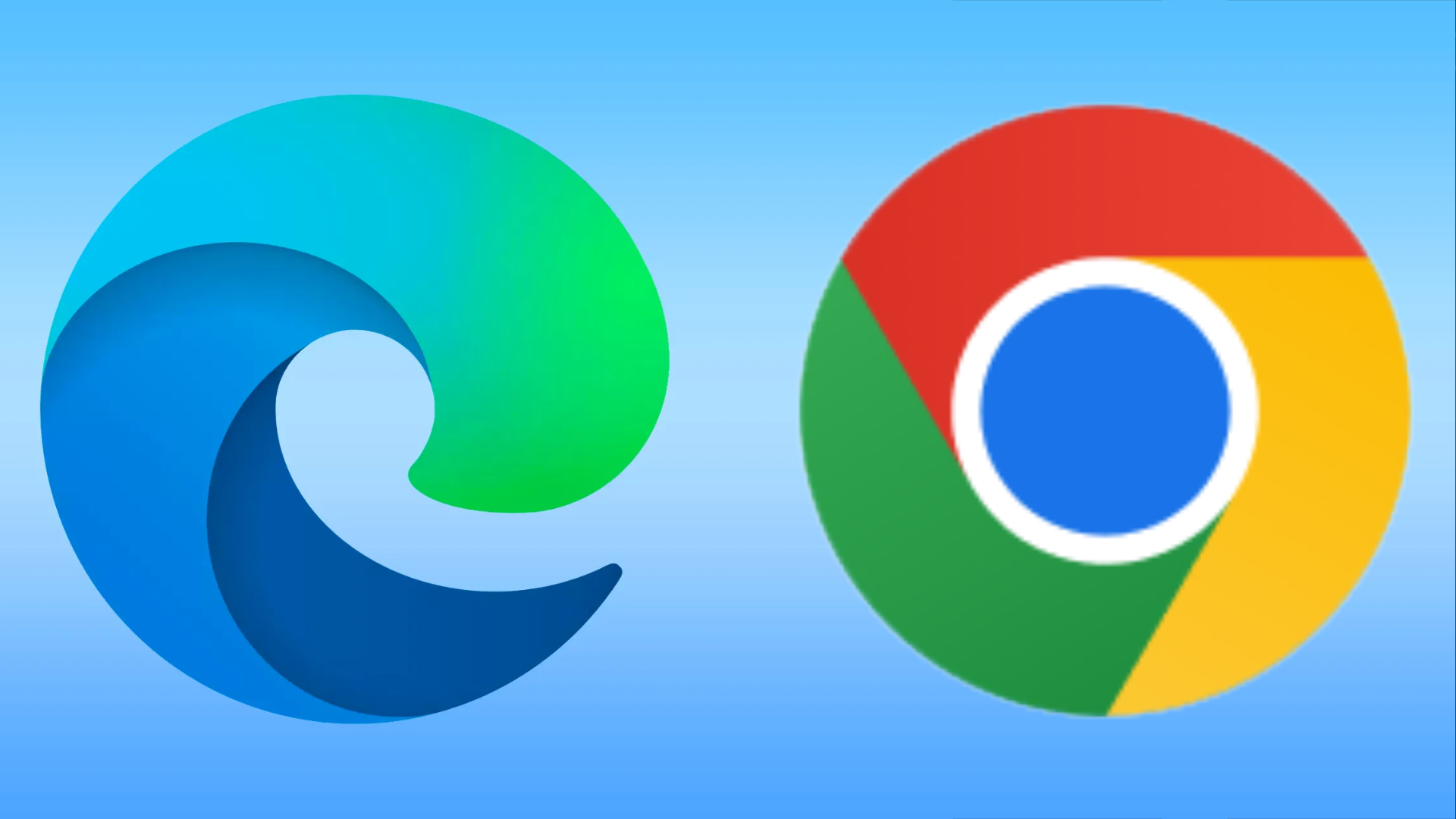Microsoft is making a major change to BitLocker encryption with new PCs in 2026 — here's what you need to know
Windows 11 is gaining a new, hardware-accelerated BitLocker encryption capability on new devices starting next year.

Microsoft has announced big changes that are coming to BitLocker encryption on Windows 11 in 2026. The company has unveiled a new 'hardware accelerated BitLocker' that will be available on new devices starting next year, which encrypts data faster using dedicated hardware instead of the CPU.
"Hardware-accelerated BitLocker brings faster and more secure disk encryption to Windows by leveraging modern SoC and CPUs," Microsoft explains. "Cryptographic operations are now offloaded from the main processor to dedicated hardware, boosting performance and reducing system overhead. On supported hardware, encryption keys are now hardware-protected by being wrapped and isolated at the silicon level, which helps to minimize exposure to CPU and memory vulnerabilities, and raises the bar for data protection."
BitLocker has been shipping on Windows since Windows Vista, but and is used today to encrypt data on an OS drive by default. For users signed in with a Microsoft account, your BitLocker encryption key is uploaded to the cloud, which you can access by signing into the Microsoft Account website.
With BitLocker encryption, your PC's data is inaccessible to anyone that isn't you. If your laptop is stolen, and the hard drive is extracted and plugged into another device to scrape data from, the computer won't be able to read the contents of the drive without the BitLocker decryption key.
BitLocker is enabled on all new installs of Windows 11, though it can be disabled by the user if they don't want it. With the new hardware accelerated BitLocker, the encryption process will be much faster and more secure, being encrypted at the silicon level.
The new BitLocker was announced alongside other security enhancements coming soon to Windows 11, including a more resilient driver stack that "raises the bar" when it comes to driver signing. Plus, it's also reducing reliance on proprietary kernel-level drivers for peripherals, replacing them with in-box Windows drivers.

Follow Windows Central on Google News to keep our latest news, insights, and features at the top of your feeds!
All the latest news, reviews, and guides for Windows and Xbox diehards.

You must confirm your public display name before commenting
Please logout and then login again, you will then be prompted to enter your display name.
